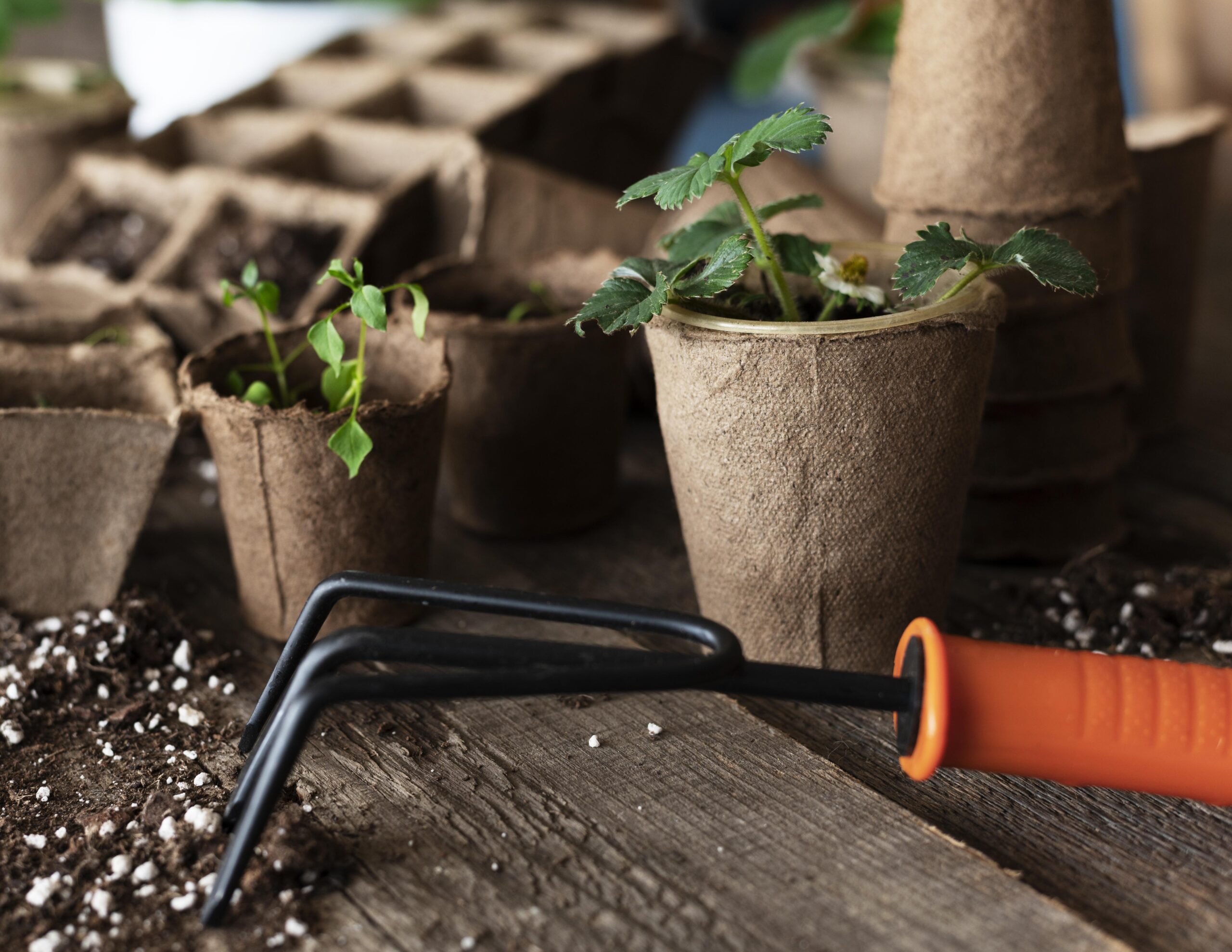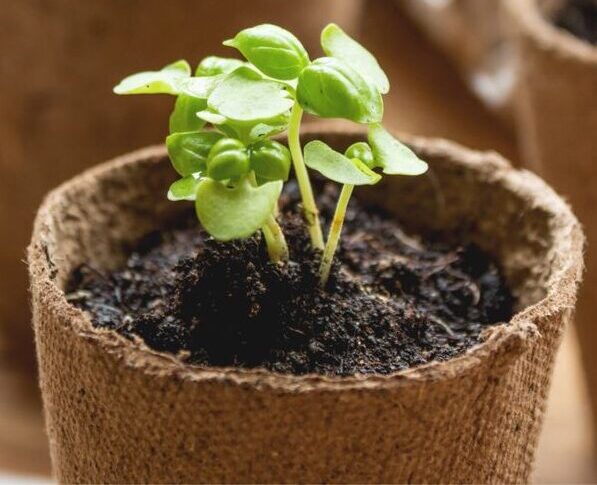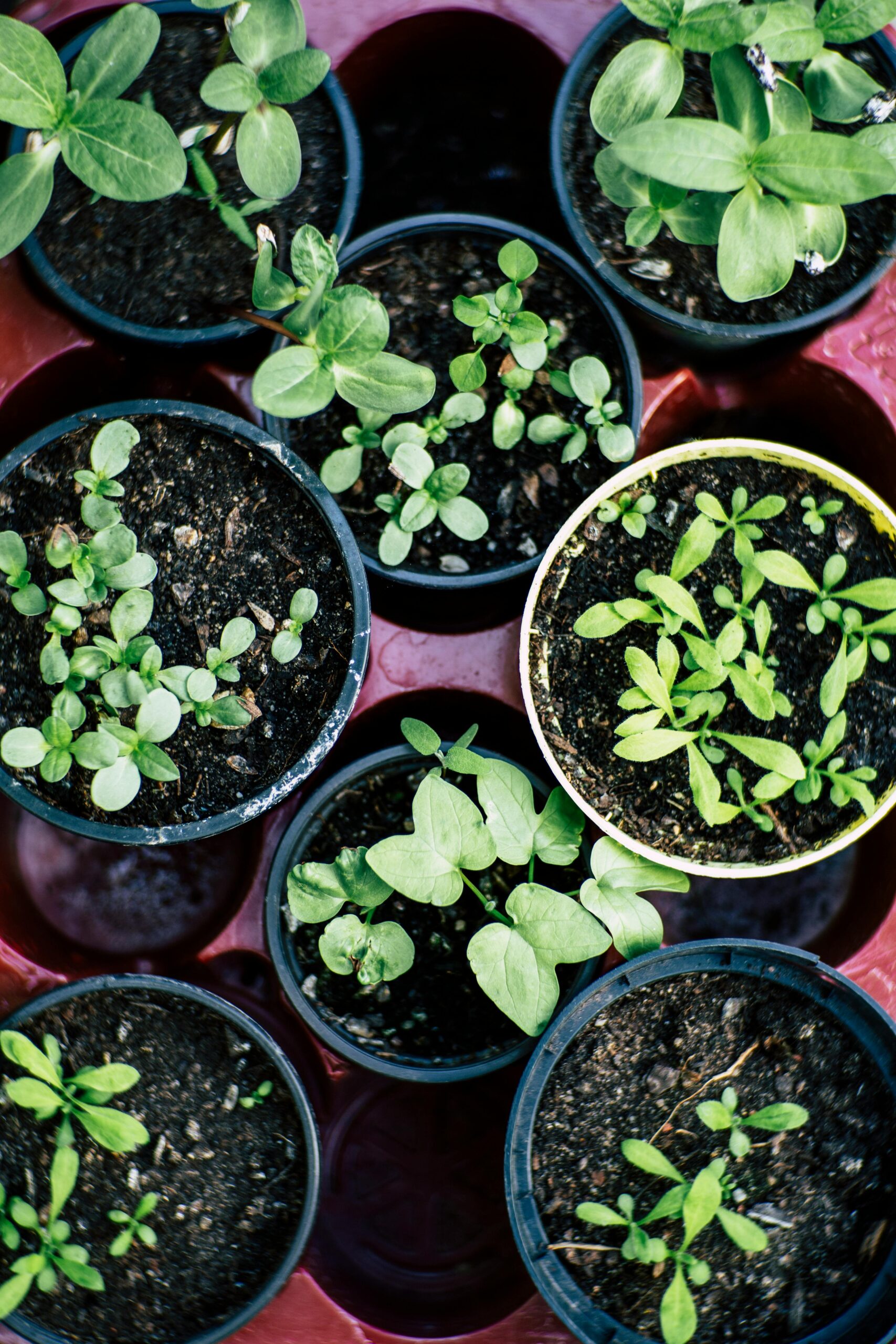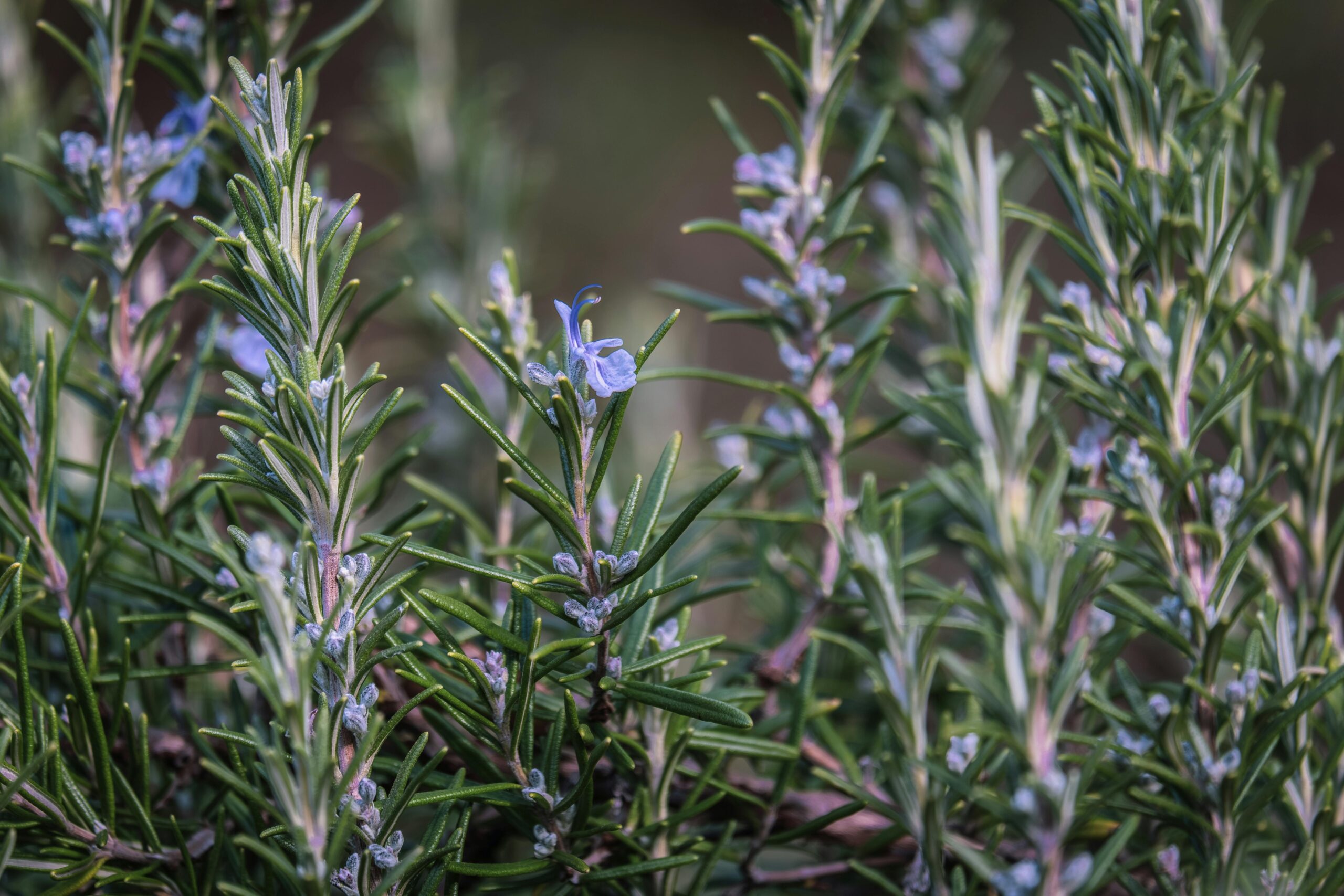
Finding the right growing temperature is vital for indoor gardening. The atmospheric condition of your indoor space can highly influence the quantity and quality of your plants. When we say atmospheric condition, we’re referring to temperature and humidity. Most people mix them both as one word, but they’re distinctively different.
In this blog, you’ll learn everything about temperature and humidity requirements for the indoor garden.
Temperature plays a vital role in various aspects, such as Photosynthesis, seed germination, and fruit/flower growth. If you don’t maintain the garden temperature to its ideal range, the plants may become inefficient and bring in low-quality yields.
Generally, the ideal temperature ranges around 18 to 23 degrees Celsius, and make sure the temperature is uniform across the space.
However, every plant has a different response to temperature. Fast-growing annuals should operate around 21 to 26 degrees.
Plants prefer warmer environments. If your garden area isn’t heated, then you’ll need to install natural gas heating or electric heat in your growing area, especially in cooler months.
Humidity refers to the amount of water vapour present in the air. If the air around the garden space is dry, the humidity level drops.
To recognize the low-humidity level of house plants, observe the following signs:

Gently spray water on the leaves. It is best done in the morning or early afternoon.

Keeping your plants close to each other creates a warmer environment around them. Also, it makes your garden look decorative.

A humidifier provides moisture to the space. When buying a humidifier, choose one that is evaporative or contains ultrasonic cool mist.
But remember, too much humidity can cause your plants to rot. If you notice any mould or stiffness in the plant, it could be caused by high humidity. Make sure you maintain the humidity range to the plant’s requirements.
An ideal humidity level depends on the kind of plants you have. Research the specific plants and cater to their needs accordingly.
Maintaining the right temperature and humidity is vital for indoor plants. These factors directly impact a plant’s ability to grow, photosynthesize, and produce high-quality yields.
Q1. What are fast-growing annual plants?
A. Fast-growing annual plants complete their life cycle from germination to flowering and seed production in one growing season.
Q2. Name a few annual growing plants?
A. Spinach, Fenugreek, Coriander, Radish, Basil, Mint are some of the few annual growing plants.
Q3. What type of plants require high humidity levels?
A. Plants such as Ferns, Peace Lilies, Orchids, Calatheas, and Mosses prefer a high-humidity atmosphere.
Q4. What is the ideal temperature for house plants?
A. Generally, the ideal temperature ranges around 18 to 23 degrees Celsius.
Q5. Which are the high-humidity areas for indoor plants?
A. Following are the 3 best high-humidity areas for indoor plants:
1. Bathrooms. Due to frequent water usage and steam.
2. Kitchens. From cooking and washing activities.
3. Laundry rooms. From drying clothes.




+91-7019960850
sanjeevinigarden@gmail.com
Sanjeevini Garden Products, KAN-4-36/2, Coastal Farms (formerly chicken) road, Padil-Kannuru, Mangaluru 575007
Copyright © All Right Reserved